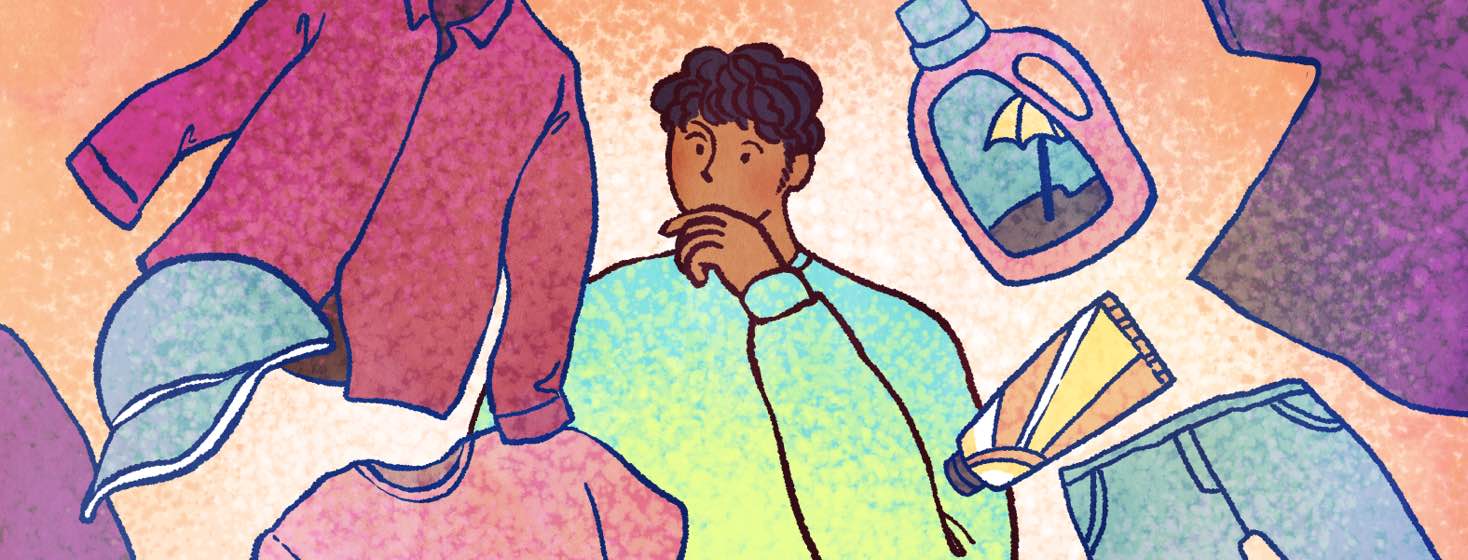UPF Clothing – Things To Consider
UPF stands for Ultraviolet Protection Factor. It represents the amount of protection a fabric provides from harmful UV rays. It’s effectively the same as the SPF rating you see on sunscreens but UPF is specific to fabrics. The higher the UPF rating the more protection it provides.
Benefits of UPF clothing
UPF clothing can be extremely beneficial for those that love the outdoors and are frequently exposed to UV rays. Broad-spectrum fabrics always provide broad-spectrum protection against both harmful types of UV rays – UVA and UVB. With UPF clothing you get consistent coverage; unlike sunscreen, you never need to reapply and you can’t miss a small spot on your back. You get 24/7 protection wherever the fabric covers your skin. If you buy from a quality brand it should last for years. For these reasons, UPF clothing can be extremely beneficial for those that love the outdoors and are frequently exposed to UV rays.
Drawbacks of UPF clothing
Depending on the brand you choose, it can be a costly investment. It’s difficult to get 100% skin coverage because there will naturally be some exposed skin on areas like your hands and neck, so you’ll still need a quality sunscreen to pair with it. Unless it clearly states its UPF rating, it’s difficult to know how much UV protection a fabric provides. Personally, I’m a huge believer in UPF products and actually own and operate a business dedicated to producing high-quality UPF apparel (Rayward Apparel). I wear a UPF 50+ long sleeve shirt anytime I’m going to be outdoors for an extended period of time and always recommend others do the same. I still apply sunscreen to my hands, face, and neck, but a UPF shirt saves me a ton of time (and a ton of sunscreen). It allows me to quickly throw on a shirt and be out the door knowing I’m protected without having to cover my whole body in sunscreen.
Alternative options to UPF clothing
One of the main drawbacks to quality UPF clothing is the initial cost. Like just about everything else in life, the cost can vary depending on the quality. Fortunately, UPF certified apparel is not the only way to stay protected. If you are looking for cheaper alternatives there are plenty of other great options to keep your skin protected.
Wear apparel that’s likely to also have a high level of protection
Without lab testing, it’s impossible to know the exact UPF rating of any fabric. Fortunately, there are some qualities you can look for to make sure you are wearing a highly protective shirt even if it doesn’t have its UPF rating listed. Some of the qualities that improve a fabrics UPF rating:
- Materials: Different fibers have different levels of protection. Fibers like nylon, polyester, and bamboo often have higher UPF values than standard cotton.
- Construction: The tighter the weave the better. If you can hold a shirt up to a light and see a lot of light pass through, UV radiation is also able to pass through.
- Fit: Loose-fitting apparel performs better than tight-fitting. A tight-fitting shirt often stretches the fibers, reducing their ability to protect your skin from UV rays.
- Style: The more coverage the better! It’s just common sense - a long sleeve hooded shirt will provide more overall skin protection than a tank top.
- Color: The darker the better. Dark shirts absorb more UV radiation than light shirts. However, color can be deceiving. It’s a combination of all these factors that makes UPF shirts so protective. Just because a shirt is black does not necessarily mean it’s providing ample protection.
Laundry additives
With the right laundry additive, you can actually add UPF protection to any of your existing shirts. One of the most popular brands I know of is Sun Guard. Oftentimes these additives will provide up to a UPF 30 layer of protection to your clothing that can last 10-20 washes. However, most of these additives will not work with synthetic materials because they generally work by being absorbed into a fabric. Synthetic materials like nylon and polyester don’t have the same absorption qualities as cotton, so the additive is not going to be effective.
Sunscreen
Back to the basics. Sunscreen can be fairly inexpensive, sold just about everywhere, and will always list the SPF rating. With the right sunscreen underneath it doesn’t matter how protective your clothing is, but you need to make sure you reapply at least every two hours.

Join the conversation